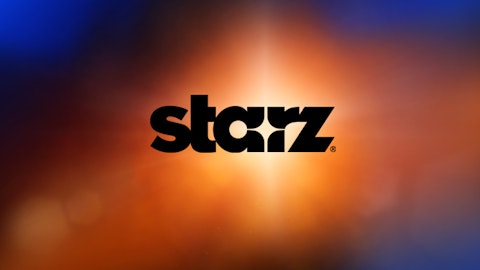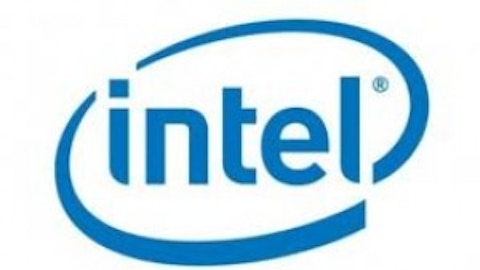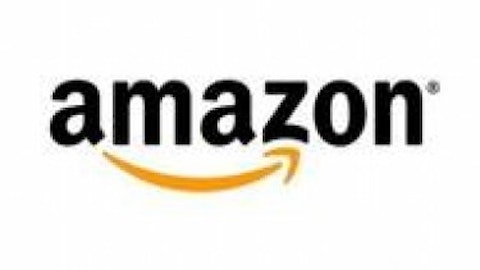The Foolish fundamentals
To understand if OfficeMax and Office Depot have any chance to succeed as a combined company, we should first examine their basic stock fundamentals and compare them to Staples, Amazon, Costco and Wal-Mart.
| Forward P/E | 5-year PEG | Price to Sales (ttm) | Debt to Equity | Return on Equity (ttm) | Profit Margin | |
| OfficeMax | 14.39 | 1.23 | 0.16 | 89.87 | 51.55% | 6.43% |
| Office Depot | 46.44 | 25.10 | 0.13 | 63.11 | -4.57% | -0.45% |
| Staples | 9.58 | 2.64 | 0.40 | 26.89 | 0.44% | -0.22% |
| Amazon | 74.21 | 4.45 | 2.01 | 53.53 | -0.49% | -0.06% |
| Costco | 20.14 | 1.73 | 0.44 | 10.75 | 14.72% | 1.78% |
| Wal-Mart | 12.89 | 1.51 | 0.50 | 73.22 | 22.96% | 3.57% |
| Advantage | Staples | OfficeMax | Office Depot | Costco | OfficeMax | OfficeMax |
Source: Yahoo Finance, Feb. 21
Fundamentally, the big box office retailers aren’t faring too badly against these other competitors. However, as I stated earlier, its competitors have different methods of staying ahead of the game, by either shifting around their loss leaders or using membership costs to generate revenue in lieu of actual sales.
On that note, we should look at their EBITDA growth over the past five years for a better perspective.
OMX EBITDA TTM data by YCharts
Therein lies the source of pain for OfficeMax and Office Depot shareholders — terrible declines in its bottom line due to increased competition and the total loss of pricing power.
Everyone’s favorite buzzword: “Synergies”
After the merger is approved, OfficeMax shareholders will receive 2.69 shares of Office Depot stock, which values the deal at $13.50, a tame premium to its previous closing price of $13. The deal is expected to close by the end of fiscal 2013.
OfficeMax claims that the merger will result in $400 million to $600 million in cost-saving synergies, which is to be expected since both companies share similar business models with a lot of overlapping segments. A shared inventory and shipping network should also alleviate some overhead pressure.
The new company, which has yet to be named, will pull ahead of Staples as the largest office supply retailer in the United States. Staples currently controls 35% of the market, while Office Depot holds 26.1% and OfficeMax trails at 15.6%.
The antitrust paper shredder
Although most shareholders expect the merger to complete, antitrust hurdles may trip up the company’s ambitions. Back in 1997, Staples attempted to buy Office Depot, but was stopped by the Federal Trade Commission, which claimed that the combined company would have an unfair advantage in the market.
Considering that the combined company will control 51.6% of the office retailer market, the government could still step in and put this deal through the paper shredder.
The Foolish bottom line
Investors shouldn’t get excited about the OfficeMax and Office Depot merger. Actually, I think they should avoid shares of either company — or the new one — altogether. A lack of pricing power, high overhead brick and mortar costs, and declining top and bottom line growth are all stacked up against this company. Pressure from both e-commerce and wholesale retailers will eventually crush whatever is left of its market.
While big box retailers were all the rage in the 1990s, they aren’t any more. Investing in e-commerce or wholesale retailers would be a much smarter move in today’s market.
The article Office Depot and OfficeMax: Do Two Losers Make a Winner? originally appeared on Fool.com and is written by Leo Sun.
Copyright © 1995 – 2013 The Motley Fool, LLC. All rights reserved. The Motley Fool has a disclosure policy.





